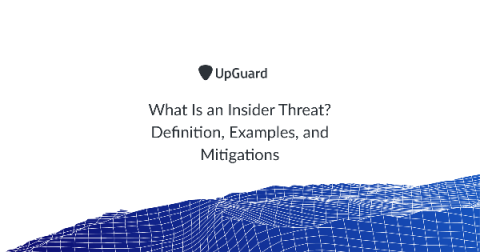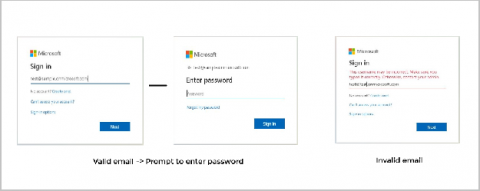What Is an Insider Threat? Definition, Examples, and Mitigations
An insider threat is a threat to an organization that comes from negligent or malicious insiders, such as employees, former employees, contractors, third-party vendors, or business partners, who have inside information about cybersecurity practices, sensitive data, and computer systems.










